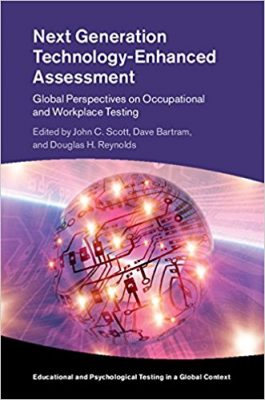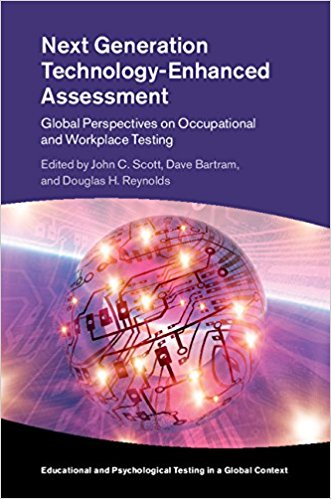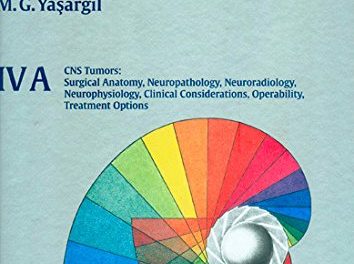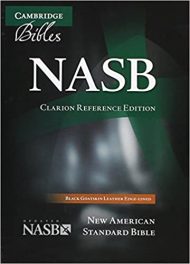 Editors: John C. Scott, PhD, Dave Bertram, PhD, and Douglas H. Reynolds, PhD
Editors: John C. Scott, PhD, Dave Bertram, PhD, and Douglas H. Reynolds, PhD
Publisher: Cambridge University Press – 401 pages
Book Review by: Sonu Chandiram
While assessment and testing of job applicants began in the earliest years of the twentieth century, there was a lot that changed during the rest of that century and since the beginning of the next one, the editors point out in the Preface of this 2018 book. These days, numerous programs exist for various hiring needs of companies, including certification, licensing, employment, qualification, and promotion of employees.
“Sophisticated assessment programs that weren’t possible even a few years ago can now be assembled and launched on a global scale to measure almost any attribute in any language with greater realism, efficiency, and precision than ever before,” Drs. Scott, Bertram, and Reynolds write, and much of this has happened only in the last 10 years.
The explosive growth of assessment and testing programs, and their rapid spread worldwide has been due mainly to the growth of Internet access, which is now available to about 40 percent of the world’s population. As of December 9, 2016, there were more than 3.5 billion Internet users worldwide, according to Internet Live Stats at http://www.internetlivestats.com
You will note on that website how rapidly the number of Internet users is rising. As I write this on February 15, 2018, the number of users are now 3.848 trillion people.
Internet-based assessment, testing, and hiring has been going on nationwide for some time, but the relatively recent development of software in different languages and that now “understands” cultural differences and nuances, enables employers and employees to find matches worldwide.
Twenty-five people, mainly in the United States and the United Kingdom, including the editors named above, who work in different specialties within psychology, particularly industrial and organizational psychology, and psychometrics, as well as other fields such as assessment, testing, human resources, labor-employment relations, ‘people analytics’, staffing, talent assessment, decision-making, hiring, and the like, authored the 14 chapters of this book.
A broad overview of the contents you will find in this text is provided to you below through a listing of its Parts and chapter titles:
- Part I. Common Assessment Methods Deployed with Internet Technology
- Employment testing
- Licensing and Certification
- Part II. Technical Foundations for Internet-Based Assessment Delivery
- Infrastructure to Support Technology-Enhanced Global Assessment
- Software Design, Development, and Implementation for Technology-Enhanced Assessments
- Advances, Trends, and Issues
- Changing Relationships within the Testing Ecosystem
- Security of Technology-Enhanced Assessments
- The Changing Landscape of Technology-Enhanced Test Administration
- Using Social Media for Assessment
- Technology-Driven Developments in Psychometrics
- Integration with Applicant Tracking and Management Systems
- The Gamification of Employee Selection Tools: An Exploration of Viability, Utility, and Future Directions
- Guidelines for Practice and Future Directions
- Standards for Best Practices for Technology-Enhanced Assessments
- Ethical and Legal Concerns in Internet-Based Testing
- Recurring Themes in the Application of Technology-Enhanced Assessment
Internet-based software used for the entire process of screening, assessing, credentialing, interviewing at several levels, and all the steps that need to be taken prior to making a job offer to a candidate by a multinational corporation is discussed in detail in chapters 3 and 4 in Part II: Technical Foundations for Internet-Based Assessment Delivery.
In the words of the authors – John Weiner and Ian Necus of chapter 3 – Infrastructure to Support Technology-Enhanced Global Assessment, this chapter “reviews fundamental concepts and considerations for the use of technology-based systems to delivery assessments globally. This begins with a review of applications and considerations for using systems to support assessment development processes leading to implementation and delivery.” An illustration of the Assessment Life Cycle is shown in Figure 3.2 on page 72.
That cycle consists of six components:
- Design
- Development
- Delivery
- Scoring and Reporting
- Data Management
- Maintenance
The first generation of technologies that arose in the early years of the twentieth century eased the whole burden of assessing, testing, and hiring applicants for jobs. There were limitations that were later overcome, and needs that arose were also fulfilled as those technologies improved.
“A new set of issues and opportunities has emerged and the next generation of these applications is now coming of age,” the editors point out.
The three editors of this valuable book and the authors of its various chapters review the before-and-now scenarios on a wide range of workplace applications such as employment selection, development, occupational certification, and others, and offer solutions for improvement and enhancement of workplace software and technology.
Editors:
John C. Scott, PhD is Chief Operating Officer and cofounder of APT Metrics. He is coeditor of the award-winning Handbook of Workplace Assessment: Evidence-Based Practices for Selecting and Developing Organizational Talent (2010).
Dave Bertram, PhD was Chief Psychologist for CEB’s Talent Management Labs in the United Kingdom. He was Professor of Psychology in the Department of Psychology at the University of Hull. CEB was formerly known as Corporate Executive Board.
Douglas H. Reynolds, PhD is Senior Vice-President and Chief Technology Officer at Developmental Dimensions International, where his departments develop and implant software-based assessment, testing, and learning products at Fortune 500 companies.







